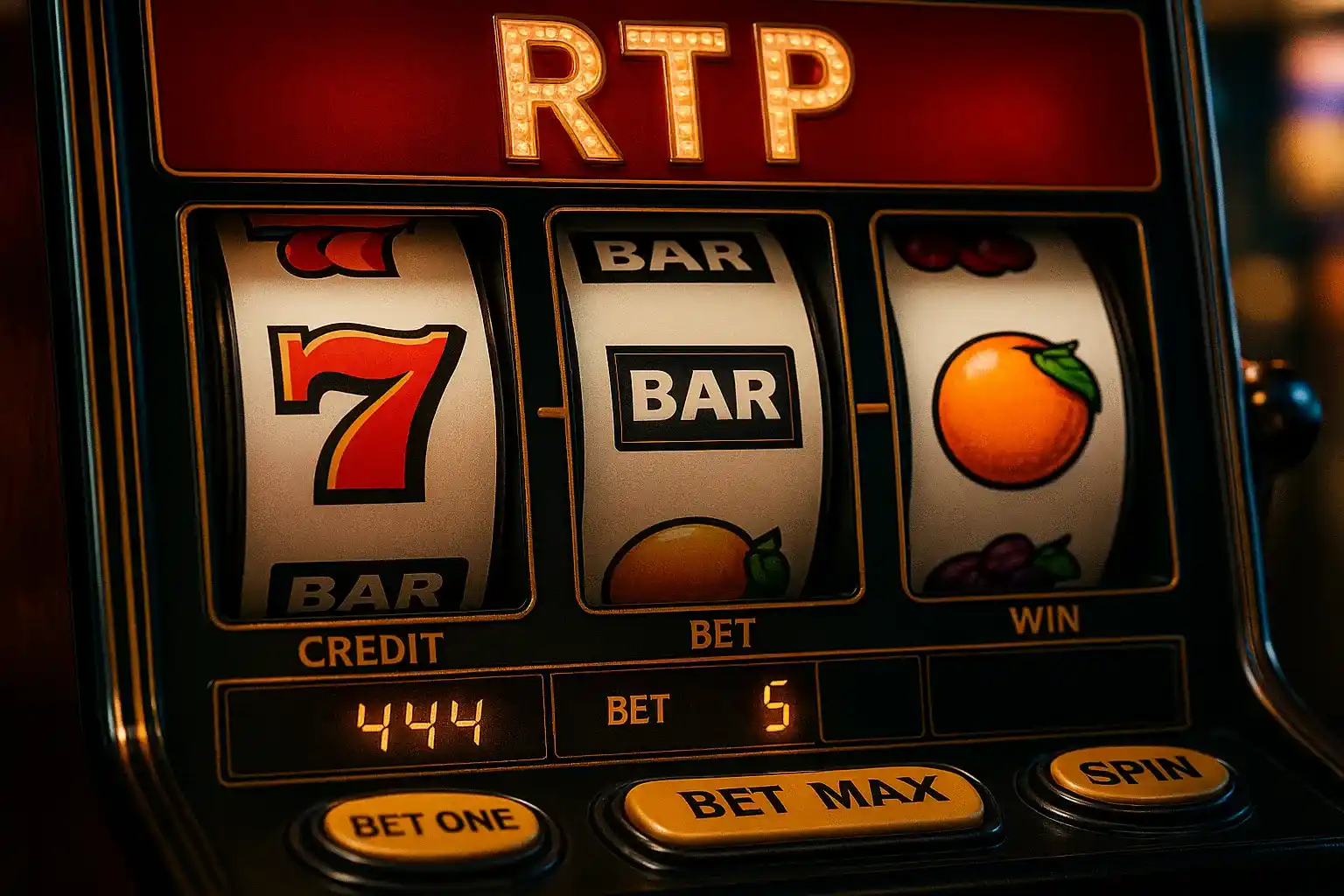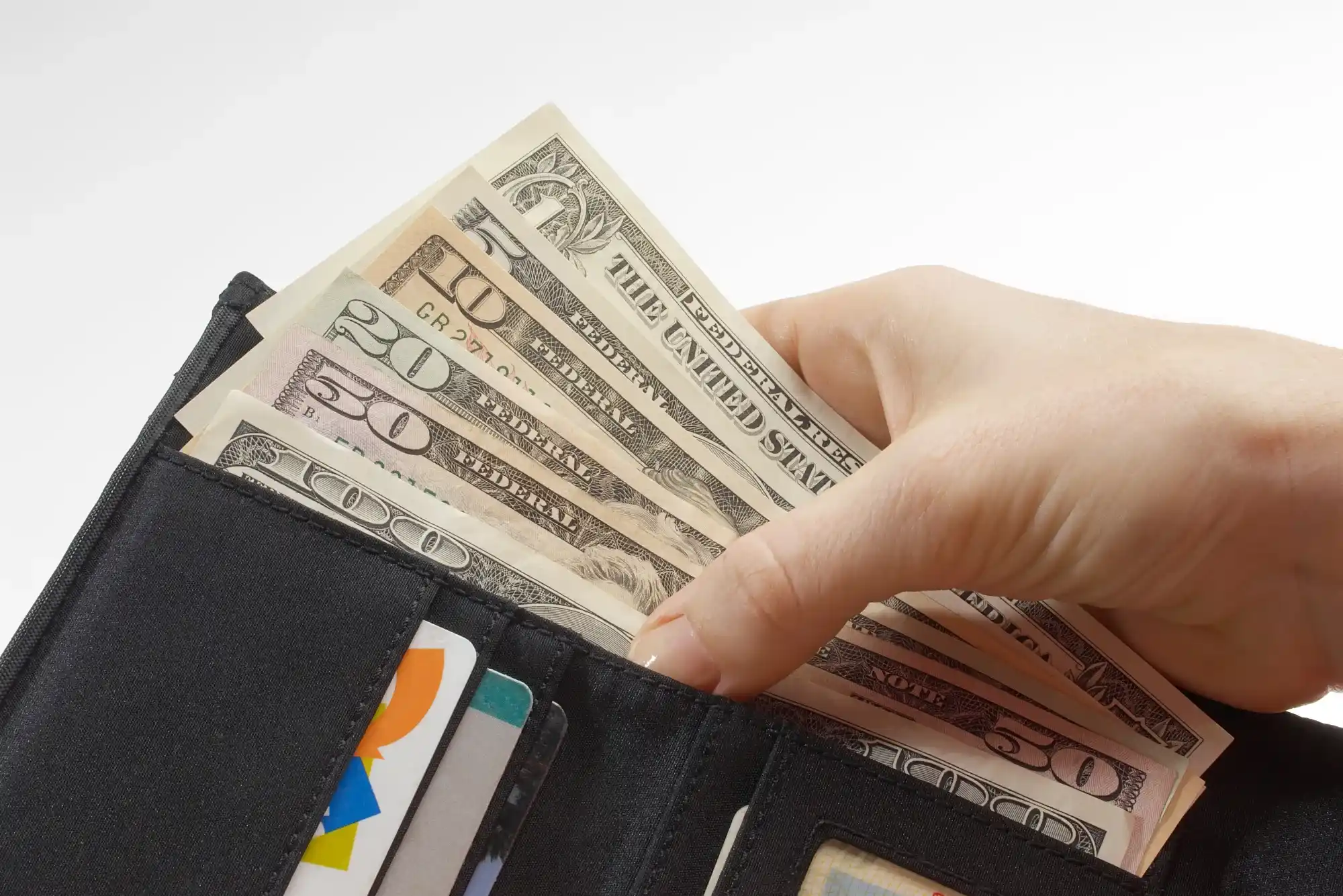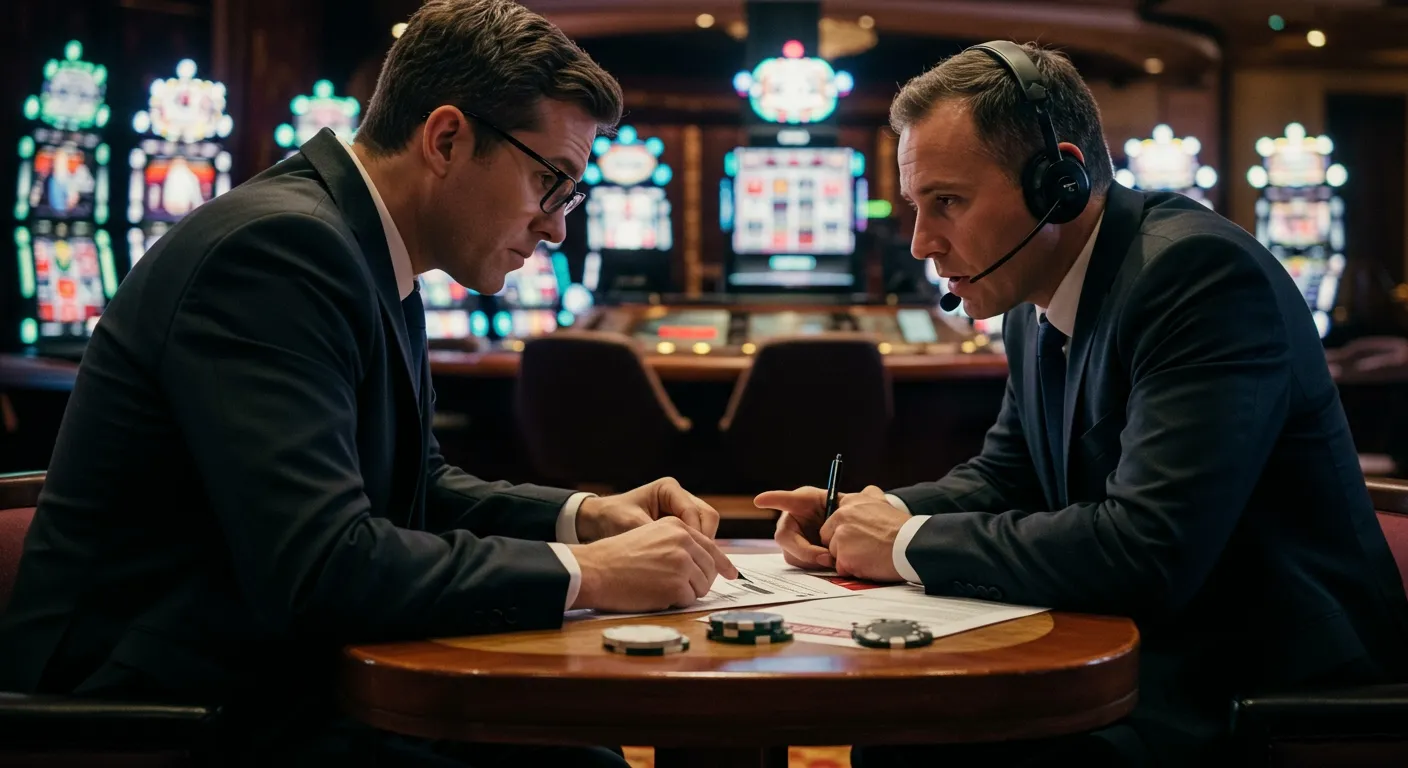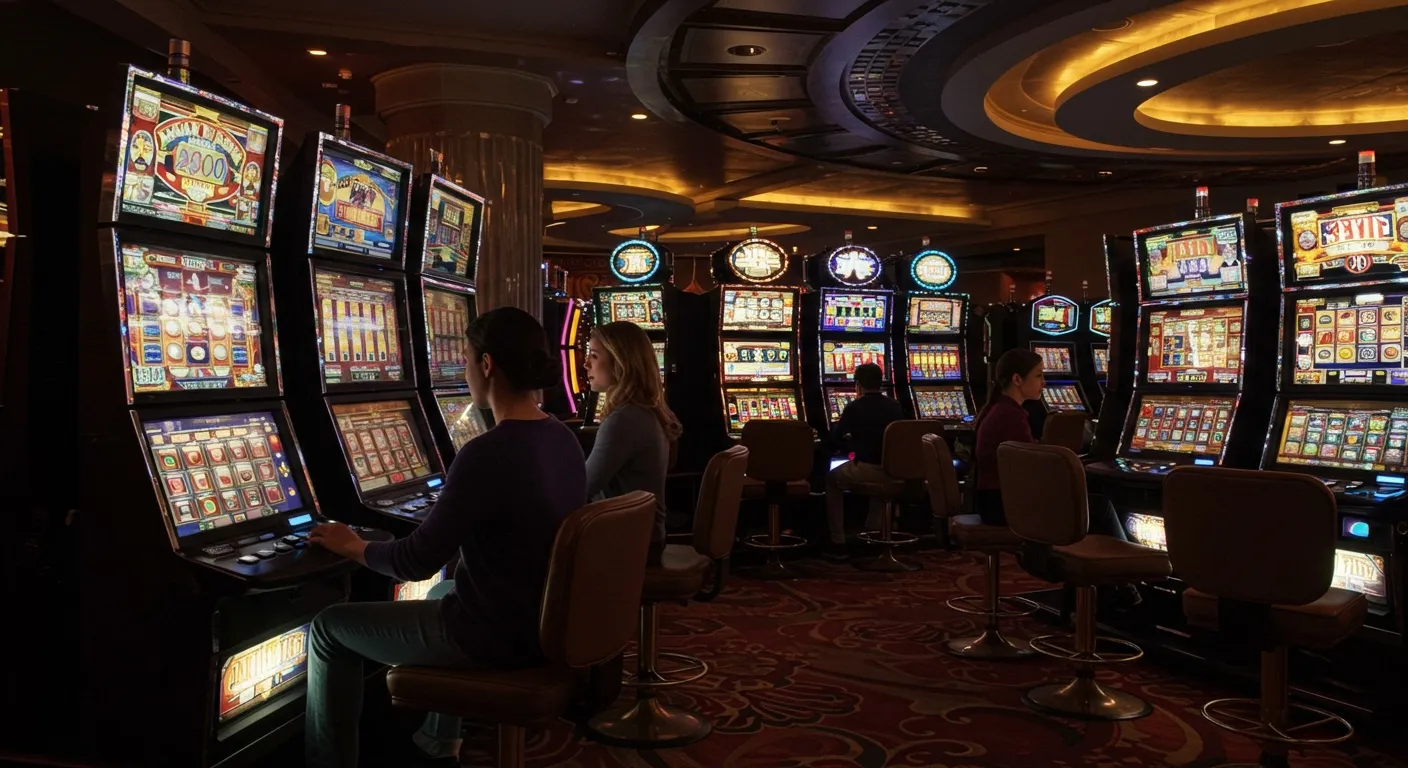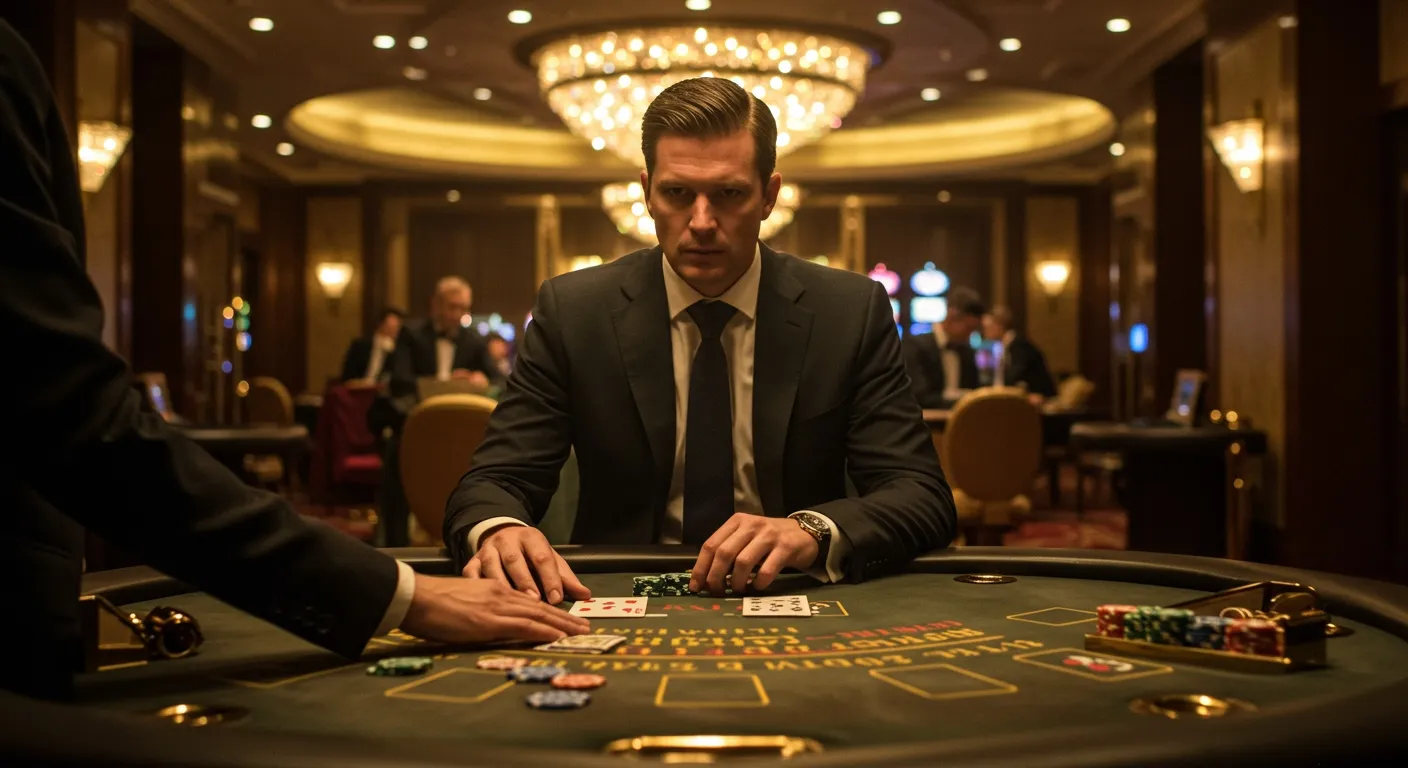When players sit down at a slot machine or open up an online slot, one of the first numbers they’re likely to notice is RTP, or Return to Player. This percentage is often treated like the holy grail of slots—higher is better, lower is worse. But is RTP really the only figure that matters when it comes to long-term enjoyment or success in slots? As someone who has explored both land-based machines and online platforms, I can confidently say that while RTP is important, it is far from the only factor worth considering.
Understanding What RTP Really Means
RTP is the percentage of all wagered money that a slot game is programmed to return to players over time. For example, a slot with an RTP of 96% should, in theory, return $96 for every $100 wagered. This number, however, is calculated over millions of spins. For the everyday player, results can be wildly different from this expectation.
The attraction of RTP lies in its simplicity. Players often believe that choosing the game with the highest RTP will guarantee better chances of walking away with winnings. While it is generally true that higher RTP games are statistically more favorable, the reality of slots is that they are volatile, unpredictable, and deeply influenced by other hidden mechanics.
The Overlooked Role of Volatility
Beyond RTP, volatility is one of the most influential aspects of slot design. Volatility measures how frequently and how big wins tend to be. A high-volatility slot may have the same RTP as a low-volatility one, but the experience will be completely different.
For example, a 96% RTP high-volatility slot might deliver very few wins, but when they come, they are often large. On the other hand, a low-volatility slot might provide frequent smaller wins, stretching out a player’s bankroll but rarely offering life-changing jackpots. Players who ignore volatility in favor of RTP alone may find themselves frustrated, as the actual gameplay experience doesn’t match their expectations.
Bonus Features and Payout Potential
Bonus mechanics are another factor that RTP cannot capture on its own. Free spins, multipliers, wilds, and progressive jackpots all change the way a slot game behaves. Two slots with identical RTP percentages can feel like completely different games because of their bonus features.
Progressive jackpot slots are a perfect example. These often have lower base RTPs but dangle the allure of massive payouts. Many players are willing to sacrifice a couple of percentage points in RTP for the chance to win life-changing sums. The excitement, anticipation, and entertainment value in these features often outweigh a minor difference in theoretical return.
Casino Environment and Player Experience
RTP also does not account for the environment or platform where the slot is played. A smooth, user-friendly online interface, strong customer support, and reliable payout processing can drastically improve the overall experience compared to a game with a slightly higher RTP in a clunky or unreliable setting.
This is particularly relevant for players exploring alternatives like casino not on GamStop, where the variety of games, accessibility, and platform design can shape the player’s overall satisfaction as much as the RTP percentage. The broader context matters because slots are not just about numbers—they are about the complete experience.
The Impact of Betting Strategies
While slots are generally games of chance, betting strategies and bankroll management play a major role in shaping outcomes. RTP assumes that bets remain consistent over time, but in practice, players often vary their wagers, chase losses, or increase bets during winning streaks. These behaviors change the way the game unfolds on an individual level.
For casual players, stretching a budget across many smaller bets might be more enjoyable than risking larger amounts on fewer spins. For risk-takers, betting strategies combined with volatility can create an entirely different experience even when playing the same slot with the same RTP.
Psychology, Design, and Entertainment Value
It’s also worth noting that slot games are designed to be entertaining first and foremost. Bright colors, engaging sound effects, and immersive storylines all contribute to how players perceive a game. RTP might tell you how much a slot returns on paper, but it doesn’t capture how much fun or excitement you’ll have while playing.
Some players prefer themes that resonate with them, even if the RTP isn’t the highest. In practice, the enjoyment factor often outweighs the mathematical edge. After all, most people play slots for entertainment, not as a source of income.
RTP in Context
Ultimately, RTP is a useful benchmark, but it should never be the only number players look at. RTP tells you about the long-term fairness of a game, but it doesn’t explain how it feels to play, how often wins occur, how engaging the bonuses are, or how thrilling the jackpot potential might be.
Choosing a slot game wisely means considering RTP in combination with volatility, bonus structures, platform quality, and personal preferences. Focusing on RTP alone is like judging a movie only by its runtime—you’ll miss the real story.
Final Thoughts
So, is RTP the only number that matters in slots? Absolutely not. While RTP provides a valuable indication of fairness and expected return, it is just one piece of the puzzle. Volatility, bonuses, jackpots, and overall entertainment value are equally important in shaping a player’s experience.
The smartest approach is to treat RTP as a guide but to also consider what you want from the game—steady small wins, the thrill of high-risk jackpots, or an immersive, fun experience. In the end, slots are about more than statistics; they’re about enjoyment, anticipation, and the thrill of spinning the reels.

